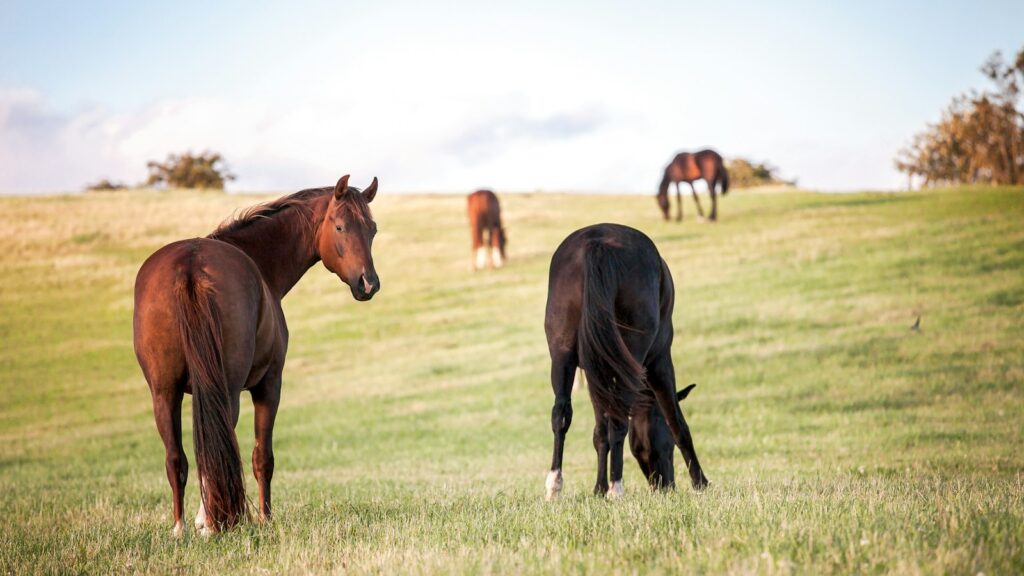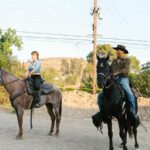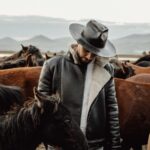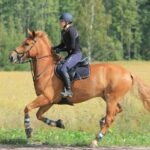Horses and livestock share a complex relationship that dates back centuries in agricultural settings. Training your horse to work comfortably around cattle, sheep, goats, and other farm animals requires patience, consistency, and an understanding of equine psychology. A properly trained horse can become an invaluable partner for ranch work, moving livestock efficiently while maintaining calm control. Whether you’re preparing for cattle drives, farm work, or simply want your horse to remain calm when encountering other animals, this comprehensive guide will walk you through the essential steps to successfully train your horse to work around livestock. With the right approach, even horses with no prior livestock experience can learn to become confident, reliable working partners.
Understanding Equine and Livestock Dynamics
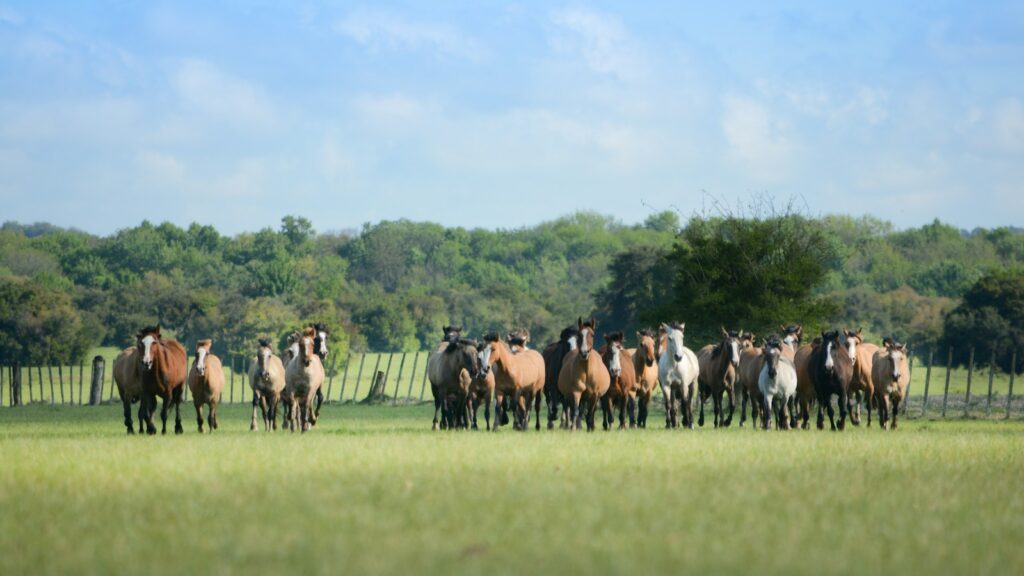
Horses are prey animals with a natural flight response, which can be triggered by the unpredictable movements of livestock. This instinctive reaction stems from their evolutionary development as animals vulnerable to predators, making sudden movements from other animals potentially frightening. Livestock, particularly cattle, can behave unpredictably, with sudden charges, kicks, or quick directional changes that might spook even well-trained horses. Understanding this natural dynamic is crucial before beginning any training program with your horse. By recognizing your horse’s innate responses, you can develop training strategies that gradually desensitize them to livestock movements while building their confidence. This foundation of understanding will help you set realistic expectations and create a training timeline that respects your horse’s psychological needs.
Assessing Your Horse’s Temperament
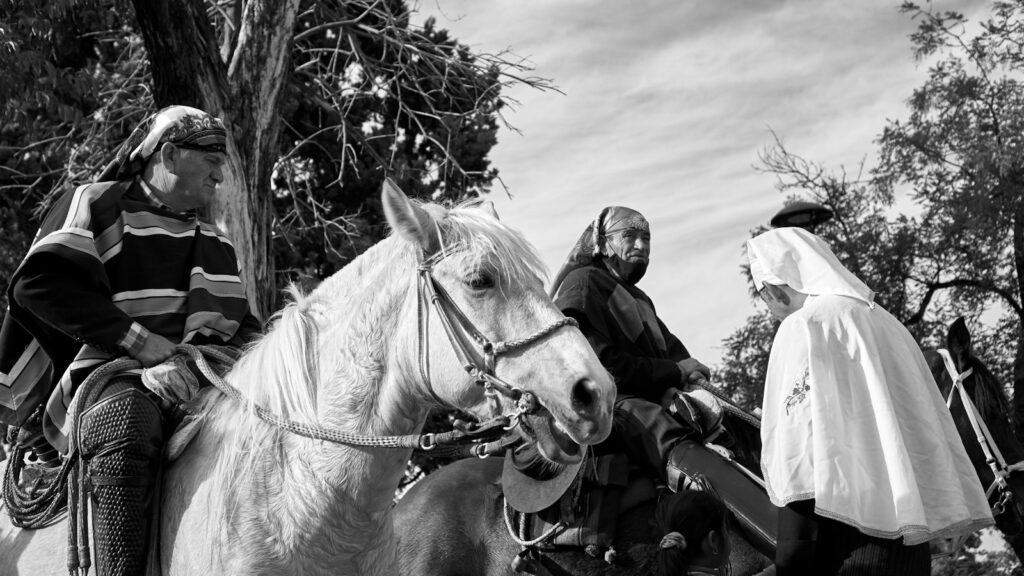
Before introducing your horse to livestock, honestly evaluate their natural disposition and current training level. Some horses possess a naturally calm, curious temperament that makes livestock training easier, while others may be more reactive or anxious by nature. Consider your horse’s age, previous experiences (both positive and negative), and general confidence level around new stimuli. A young, inexperienced horse will require a more gradual approach than a seasoned mount with prior exposure. Pay particular attention to how your horse responds to sudden movements or unusual sounds, as these reactions can predict how they might initially respond to livestock. This assessment will help you customize your training approach to suit your individual horse’s needs, potentially preventing dangerous situations caused by rushing the process with a horse who isn’t temperamentally ready.
Creating a Safe Training Environment

Safety should be your primary concern when introducing horses to livestock, requiring careful setup of your training environment. Begin in a secure enclosure with sturdy fencing that can contain both your horse and the livestock if either becomes agitated. The ideal training space offers good visibility, secure footing, and enough room for your horse to move away from livestock if they become uncomfortable, without feeling trapped. Consider starting with panel or pipe corrals rather than wire fencing, which could cause injury if your horse panics. Always ensure you have an escape route planned for yourself, particularly when working with cattle, which can become unpredictable if your horse displays fear-based behaviors. Having experienced handlers present for both the horse and livestock during initial training sessions adds an extra layer of safety and control.
Groundwork Preparation Before Livestock Exposure
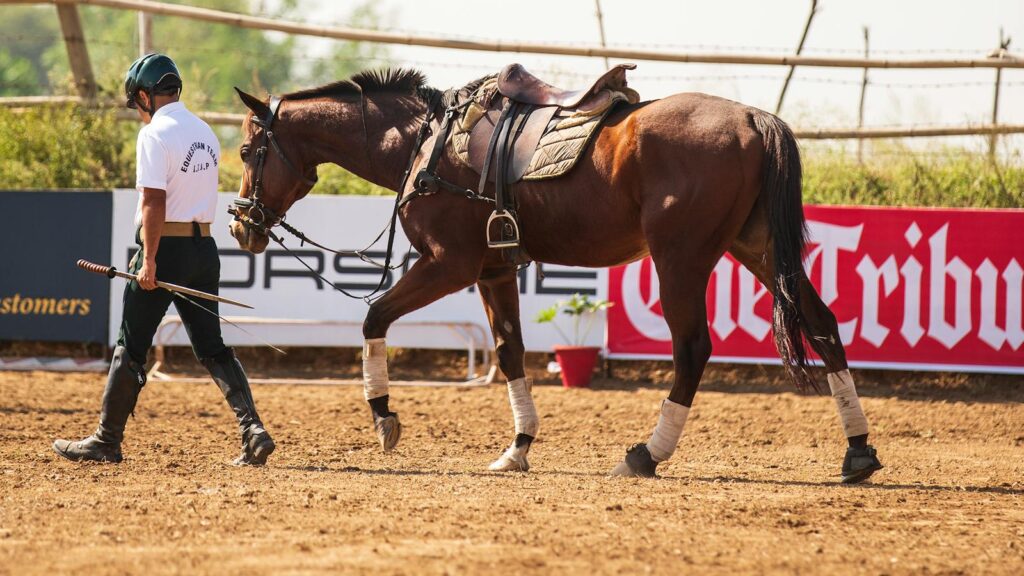
Establishing solid groundwork fundamentals creates the necessary foundation for successful livestock training. Your horse should respond reliably to basic cues such as yielding to pressure, stopping promptly, backing up, and moving laterally on command before introducing the additional challenge of livestock. Practice these skills in various environments to ensure your horse remains responsive regardless of distractions. Incorporate desensitization exercises using tarps, balls, or fluttering objects to help your horse develop emotional control around unpredictable stimuli. Groundwork also strengthens the trust relationship between you and your horse, which becomes crucial when asking them to remain calm in potentially frightening situations. Spend several weeks perfecting these fundamentals if necessary—rushing this preparatory phase often leads to setbacks when livestock are introduced.
Initial Visual Exposure Techniques
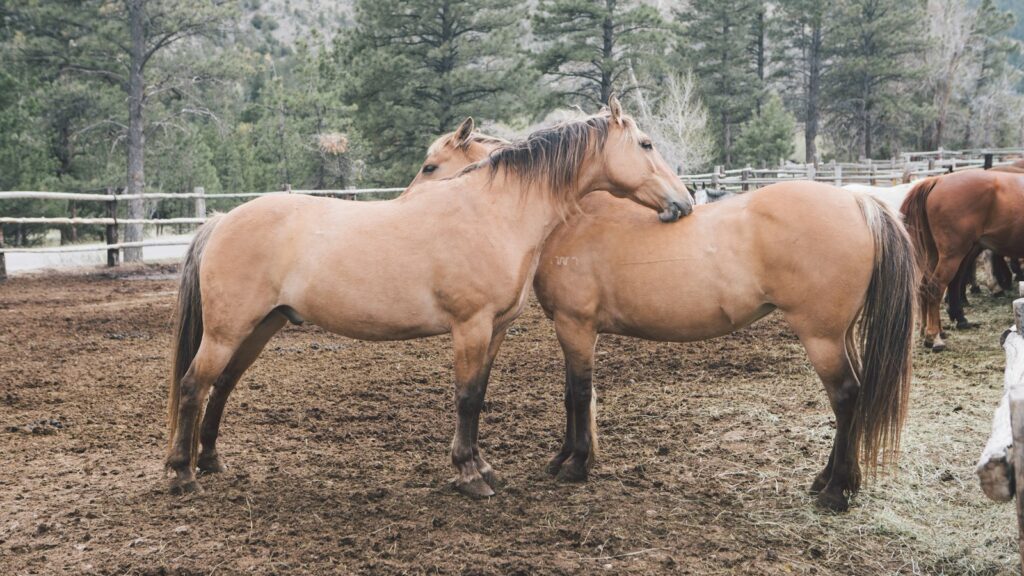
Begin livestock exposure by allowing your horse to observe animals from a safe distance where they remain calm and attentive. This passive introduction allows your horse to process the sights, sounds, and smells of livestock without feeling threatened. You might lead your horse around the perimeter of a livestock pen, gradually decreasing the distance as their comfort level increases. Watch carefully for signs of relaxation such as lowered head, relaxed ears, and calm breathing, which indicate readiness to move closer. Should your horse show anxiety—raised head, wide eyes, tense posture—simply move back to a comfortable distance and try again later. These initial visual exposures may require several sessions over multiple days before your horse consistently demonstrates comfort around the livestock. Remember that patience during this phase builds a foundation of confidence that will benefit all future training.
Controlled Introduction Sessions
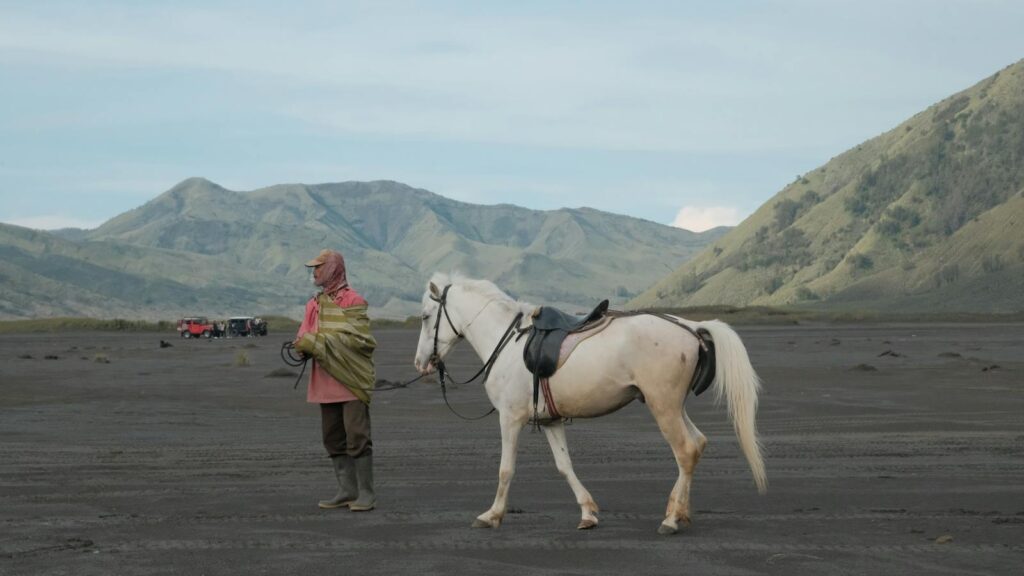
After your horse shows comfort with observing livestock, arrange controlled meetings under carefully managed conditions. Begin with calm, well-behaved livestock that won’t make sudden movements or aggressive gestures toward your horse. You might start with a single animal rather than a group, ideally one accustomed to horses. Lead your horse on a loose but secure lead rope, allowing them to approach and retreat as their confidence dictates, while maintaining enough control to prevent bolting if they become frightened. Keep these initial sessions brief—5-10 minutes is often sufficient—ending on a positive note before your horse becomes overstimulated or anxious. Reward calm behavior with praise, gentle stroking, and occasional treats to create positive associations with livestock presence. Gradually increase session duration and decrease the predictability of the livestock movements as your horse demonstrates consistent confidence.
Mounted Work Near Livestock
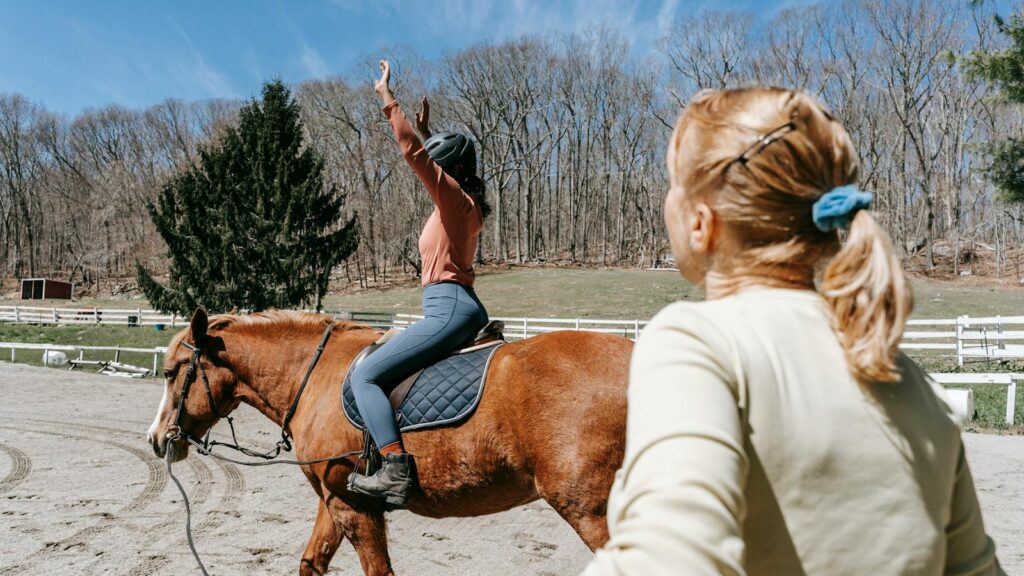
Transitioning to mounted work represents a significant step in your training progression, combining the challenges of riding with livestock presence. Begin by riding your horse near (but not directly with) livestock, perhaps circling a pen where animals are contained or riding along fence lines where visibility is good. Focus on maintaining your horse’s attention and responsiveness to your riding cues, which may require frequent transitions between gaits or direction changes to keep their mind engaged with you rather than fixated on the livestock. Practice all basic maneuvers—stopping, backing, turning, and lateral movements—to ensure your horse remains responsive despite the distraction. If your horse becomes tense or distracted, return to simple exercises they perform confidently to rebuild their focus and composure. This intermediate phase teaches your horse to trust your leadership while in proximity to livestock, establishing the foundation for more direct interaction.
Developing Livestock Approach and Retreat Exercises
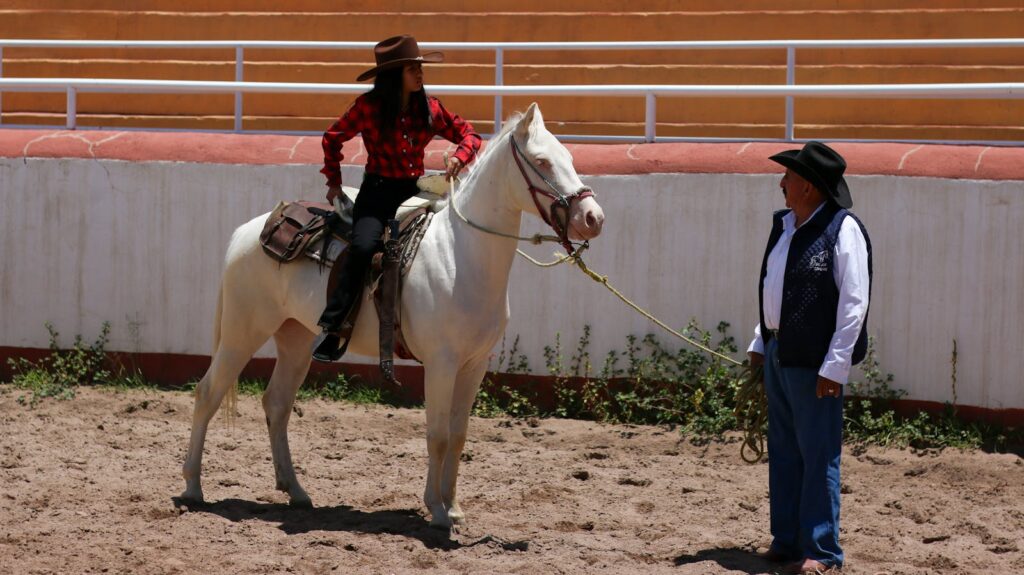
The approach and retreat method represents one of the most effective techniques for building a horse’s confidence around livestock. When mounted, ride toward the livestock until you notice your horse showing the earliest signs of tension—perhaps an ear flick or slight hesitation. At this point, before anxiety escalates, turn away and create distance, allowing your horse to process the experience without being overwhelmed. After a brief period of walking calmly away from the livestock, it approaches again, potentially getting slightly closer before retreating. This methodical process teaches your horse that you’ll consistently respect their comfort threshold while gently expanding their tolerance. The retreat becomes a reward that reinforces your horse’s trust in your judgment. Over multiple sessions, you’ll notice your horse’s comfort zone expanding, allowing progressively closer approaches until you can remain in the livestock’s presence without tension.
Teaching Livestock Movement Basics

Once your horse maintains composure around livestock, begin teaching them to influence animal movement through proper positioning. Start with basic concepts like pressure and release—approaching livestock from behind their point of balance (typically the shoulder) will generally cause forward movement, while approaching from the front will usually cause them to turn or stop. Practice positioning your horse at different angles around a single animal, observing how the livestock responds and helping your horse understand these cause-and-effect relationships. Teach your horse to move parallel to livestock to drive them forward, perpendicular to turn them, and to maintain a consistent distance that applies just enough pressure to influence movement without causing panic. Reward your horse for calm, measured responses and redirect any signs of overexcitement or aggressive behavior toward the livestock. These foundation skills form the building blocks for more complex livestock handling techniques.
Managing Prey Drive in Working Horses
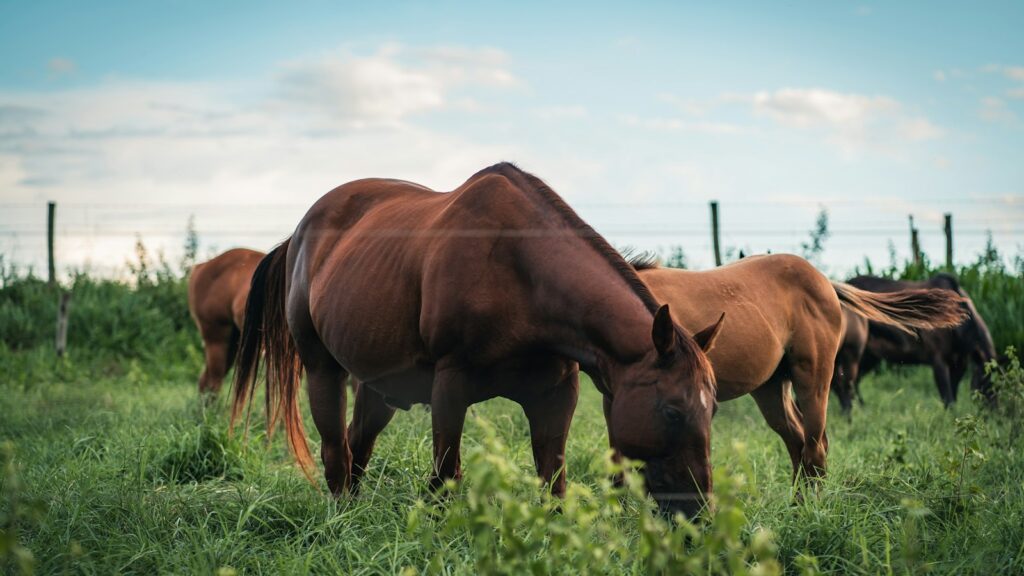
Some horses, particularly those with higher energy or natural confidence, may develop an overzealous interest in moving livestock that borders on prey drive behavior. While enthusiasm for the work is beneficial, it must be balanced with controlled, thoughtful movements that don’t unnecessarily stress the livestock. Watch for signs of excessive prey drive, including pinned ears, aggressive posturing, or lunging toward animals without cues from you. Immediately correct these behaviors by redirecting your horse’s energy into controlled exercises like backing up, small circles, or lateral movements. Teach your horse to approach livestock calmly by rewarding slow, measured movements and temporarily removing them from the livestock when they become too excited. Consistent enforcement of these boundaries teaches your horse that the only acceptable way to interact with livestock is through controlled, rider-directed movements rather than instinctive chasing behaviors.
Developing Practical Working Skills
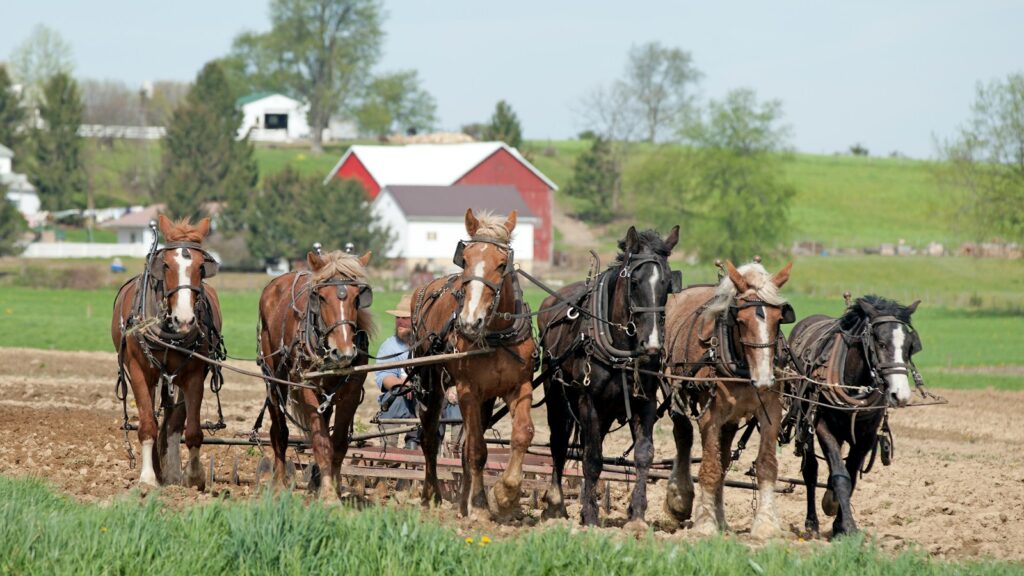
As your horse becomes comfortable with livestock presence, begin introducing specific skills needed for practical farm or ranch work. Teach your horse to separate individual animals from a group, a skill known as “cutting,” by focusing their attention on one animal and following its movements while ignoring others. Practice maintaining pressure on groups of livestock to move them through gates, into pens, or along fencelines, requiring your horse to adjust their position as needed to keep animals moving in the desired direction. Introduce your horse to working at various speeds, from the slow precision needed for sorting cattle to the more rapid movements sometimes required when moving livestock across open spaces. Each skill should be broken down into small, achievable steps with ample rewards for correct responses. These practical applications give purpose to your training and help your horse understand the “why” behind the various positioning exercises they’ve learned.
Addressing Common Challenges and Setbacks
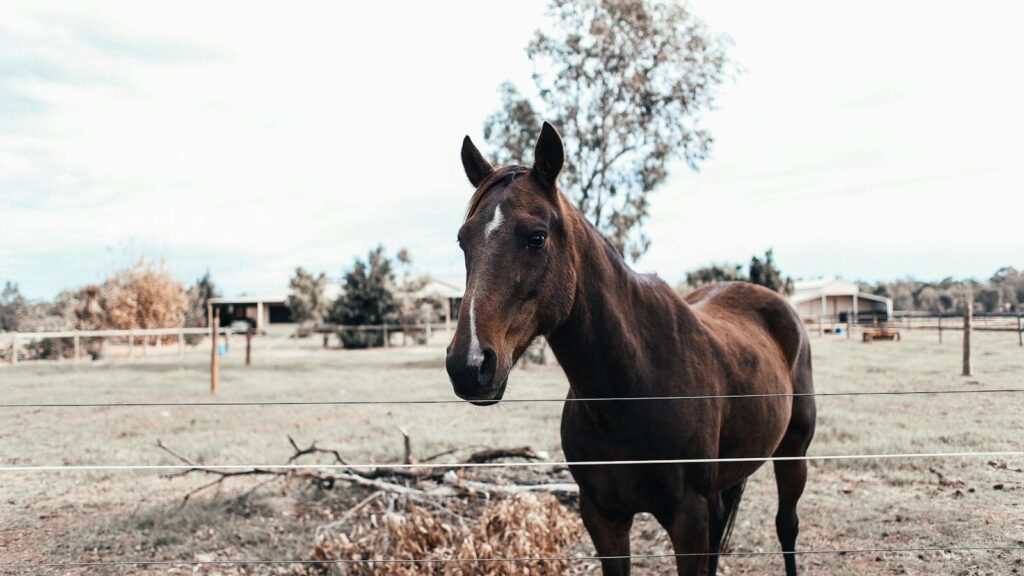
Most horses experience occasional setbacks during livestock training that require thoughtful problem-solving rather than force. If your horse develops sudden fear after previously showing confidence, look for potential causes such as a negative interaction with aggressive livestock, pain issues under saddle, or environmental factors like weather conditions affecting animal behavior. Rather than pushing through resistance, temporarily retreat to earlier training stages where your horse demonstrated confidence, rebuilding from that foundation. Some horses may develop specific triggers, such as anxiety when livestock are running or when working with particular types of animals—address these through focused desensitization targeting the specific concern. Consider enlisting an experienced trainer if you encounter persistent issues that don’t improve with standard approaches. Remember that regression is a normal part of learning for many horses, not a failure of training, and patience through these phases often results in stronger, more resilient behavior once the challenge is overcome.
Advanced Training for Specialized Livestock Work
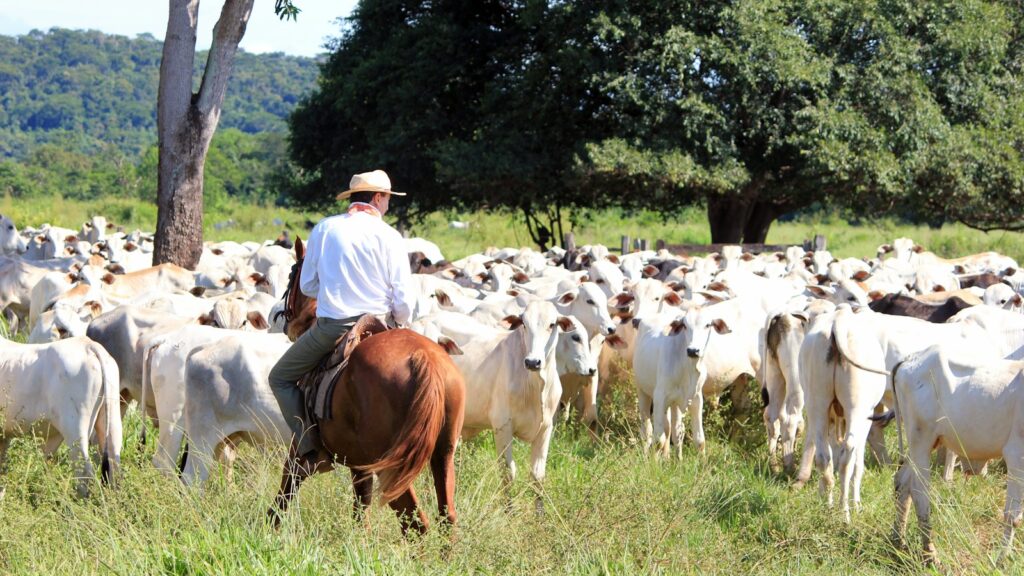
Once your horse demonstrates consistent confidence with basic livestock handling, you may wish to develop specialized skills for specific types of work. Cutting horses require exceptional agility and cow-reading ability, developed through focused training on anticipating and matching an animal’s movements. Roping from horseback introduces additional challenges, requiring your horse to maintain position, tolerate the sound and movement of a swinging rope, and potentially hold tension on a rope after an animal is caught. Horses working with sheep or goats may need to develop gentler, more measured movements than those working cattle, as smaller livestock are more easily frightened. These specialized skills typically require hundreds of hours of focused training and often benefit from instruction by trainers experienced in these specific disciplines. The foundational skills you’ve developed will serve as the building blocks for these more advanced applications, making the specialized training process more efficient.
Maintaining and Refining Your Horse’s Livestock Skills

Like all training behaviors, a horse’s confidence and skill around livestock requires ongoing maintenance to remain sharp and reliable. Schedule regular practice sessions even during periods when actual livestock work isn’t required, perhaps arranging to work with neighboring farms if you don’t maintain your own animals. Vary the types of livestock your horse encounters when possible, as experience with different species builds more versatile, adaptable responses. Periodically revisit foundational exercises, particularly after your horse has had extended breaks from livestock work, to reinforce basic principles before resuming more complex tasks. Consider participating in working equitation events, team penning, sorting competitions, or ranch versatility shows, which provide structured opportunities to practice livestock handling while receiving objective feedback on your horse’s performance. This combination of consistent practice and occasional challenges helps maintain your horse’s skills while continuing to build their confidence and capabilities around various types of livestock.
conclusion
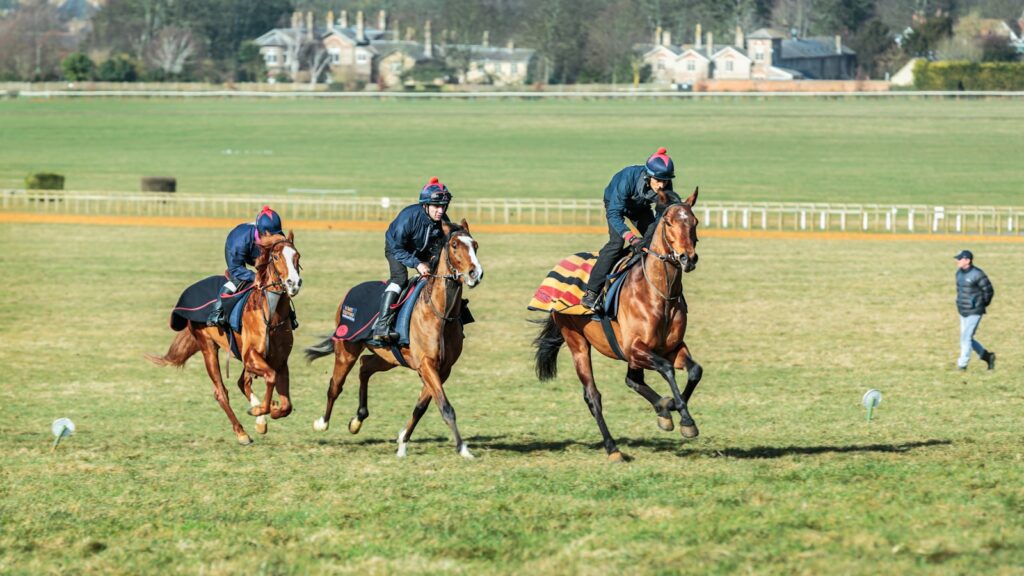
Training a horse to work effectively around livestock represents one of the most rewarding partnerships in the agricultural world. By building a foundation of mutual trust, progressive exposure, and consistent expectations, you transform a potential flight response into purposeful, controlled interaction. The process requires patience and respect for your horse’s individual learning timeline, but the result—a confident, reliable working partner—proves invaluable for farm and ranch work. Remember that each successful interaction builds upon the last, gradually transforming uncertainty into confidence. Whether you’re raising livestock professionally or simply want your trail horse to remain calm when encountering farm animals, these training principles create a horse that responds with thoughtful awareness rather than instinctive fear, making them safer, more versatile, and more enjoyable to ride in all circumstances.

